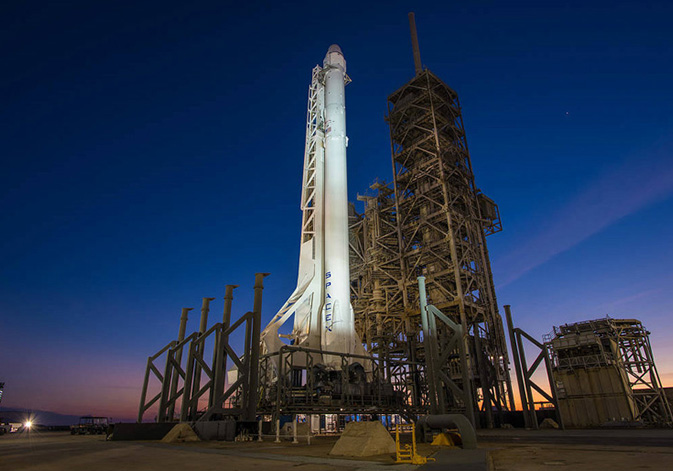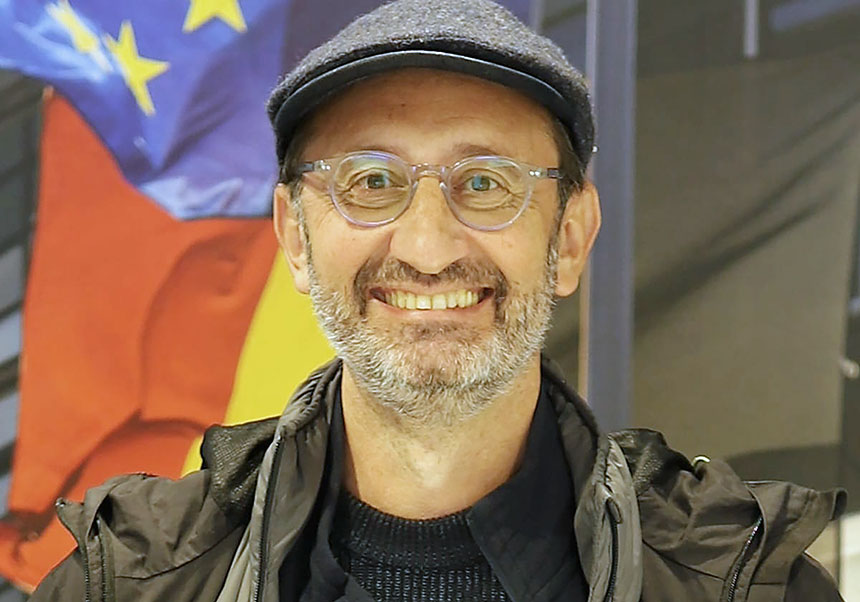The University takes part in a space mission for studying the violent weather events
- Press Office
- April 1st, 2018

Universitat de València is involved in the space mission ASIM, for analysing the violent weather events from the atmosphere. This Monday 2th April at 17pm (Spanish local time), European Space Agency (ESA) and NASA launch the instrument ASIM (The Atmosphere Space Interactions Monitor) to the International Space Station (ISS). Universitat de València leads this project, which aims to study the violent gamma-ray bursts.
The astronomy professor of Universitat de València Víctor Reglero leads the international team that have designed these instrument of space research. ASIM has been developed during twelve years by Danish, Norwegian and Spanish teams.
Spain has leaded the key developments from the primary instrument MXGS (optical systems) of this intense work. It has been necessary a group of 40 people in the fields of research and technologies of the Universitat de València, the Universitat Politècnica de Catalunya. the Institute of Astrophysics of Andalucía-CSIC and the National Institute of Aerospace Technology (INTA). Moreover, several companies as Aciturri e Iberespacio of Madrid and Vacuum Projects y Alcupla of Valencia have taken part of it.
These works continue the tradition of design of the Universitat de València. It began in 1992 with the Legri, the first Spanish satellite in the ESA mission of Integral high-energy (2002) and Uffo in the Russian satellite Lomonosov (2016). A key element has been the design, production and qualification for the flight of the optical systems of MXGS High Energy (Coded-Masks). There are seven Spanish optical systems, of a number of ten (70%), over the past 25 years leaded by Universitat de València.
ASIM was integrated in the transporting vehicle Dragon, that is located in the nose-con of the launcher Falcon of Spacex in Cabo Cañaveral. It is ready to be launched in 2nd April.
As Reglero explains, director of the international team that has been designed this instrument of space research, the launching of objects into space is one of the most expected moments for the creators. It involves “risking in two minutes twelve years of work and seventy millions euros”. “In five minutes we will know if the Dragon is in the Space Station Orbit. The two first of them are doubtless the most critical and exciting. The takeoff of Falcon at full power and vibrating like a maraca, as well as the hearts of all the teams of ASIM and NASA”, said.
Once at the station, ASIM will settle at his location. It will be a “delicate” operation because of its 661 pounds of weights that require the use of a robotic arm and the exit of astronauts. And it will last a week “in zero gravity”, and finally it will turns on.
The implementation of teams will be lived on the part of researchers as “two minutes of heart-stopping, three of suffering, one week of pleadings and the birth of MXGS as tool to detect and localise the violent phenomenon known as Terrestrial Gamma Ray Flashes (TGF)”.
Then, it will be two years of operations and analysis at the Data Centre. It will have Headquarters at the University of Denmark, Bergen in Nordway and the Universitat de València, in the Burjassot-Paterna Campus.
With the start-up of ASIM, it will be resolved the problem of detecting TGF, violent discharge of High Energy X and Gamma of very short duration (0.001 second) and very limited (one per day detected).















